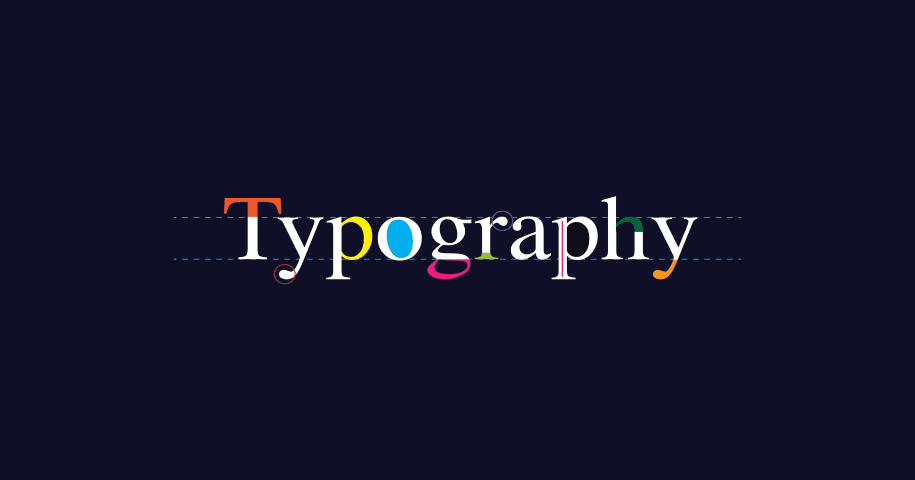Typography is the invisible hand that shapes our online experiences. Whether skimming an article, filling out a form, or scrolling through a beautifully designed website, fonts are crucial in readability, aesthetics, and brand identity. But choosing the right font for the web isn’t just about looking good—it’s about performance, accessibility, and ensuring a seamless experience across different devices.
The Evolution of Web Fonts
The early days of web design were restrictive. Designers had to rely on a handful of system fonts like Arial, Times New Roman, and Verdana. Custom typography was virtually nonexistent unless you embedded text within images (which was terrible for SEO and accessibility). But the game changed with the advent of @font-face and web font services. Today, designers have an expansive playground of options, from Google Fonts to premium typefaces like Endless Font by Cedilla Studio.
The Science Behind Choosing the Right Font
Picking a font isn’t just an aesthetic decision—it impacts readability, user experience, and site speed. Here are some key factors to consider:
1. Legibility & Readability
While serifs like Times New Roman exude tradition and authority, sans-serif fonts like Inter or Montserrat offer cleaner lines and improved screen legibility. Readability depends on factors like letter spacing, x-height, and contrast. Fonts with wide letterforms and ample spacing generally perform better in digital environments.
2. Performance & Page Load Speed
Web fonts add additional weight to your site. A heavy font file can slow page load times, affecting SEO rankings. To optimize performance:
- Use font-display: swap to prevent FOUT (Flash of Unstyled Text).
- Limit font weights and styles to what you actually use.
- Consider variable fonts, which allow multiple styles within a single file.
3. Brand Identity & Emotion
Typography carries personality. A sleek, geometric sans-serif might signal modernity and tech-savviness, while a hand-drawn script font might feel warm and personal. Brands like Airbnb and Spotify have custom fonts that align with their messaging and aesthetics, reinforcing their unique identities.
4. Accessibility Considerations
Not all users experience fonts the same way. Dyslexic users, for example, benefit from fonts with distinct letter shapes to avoid confusion between characters like ‘b’ and ‘d’. High contrast and adjustable text sizes also improve accessibility for visually impaired users.
Popular Web Font Libraries & Trends
Google Fonts
A free and widely used service offering hundreds of web-optimized fonts. Some all-time favorites include Roboto, Lato, and Open Sans.
Adobe Fonts (Formerly Typekit)
A premium font service offering high-quality, licensed fonts for professional design projects. If you’re using Adobe Creative Cloud, you have access to an extensive collection.
Variable Fonts
A newer format that allows for multiple styles and weights in a single file. This reduces load times and gives designers greater control over typography adjustments.
Custom & Foundry Fonts
Many brands are now investing in custom typefaces to stand out. Foundries like Cedilla Studio create beautifully crafted fonts tailored to specific needs, balancing uniqueness with functionality.
The Future of Web Typography
With advancements in technology, typography is becoming even more dynamic. Kinetic type integrates animation with text and makes waves in UX design. AI-driven font pairing tools are also emerging, helping designers effortlessly find the perfect font combinations.
Ultimately, the proper font choice isn’t just about trends—it’s about creating a seamless, enjoyable user experience. Whether you opt for a timeless classic or a cutting-edge variable font, remember that typography isn’t just about what you say but how you say it.




